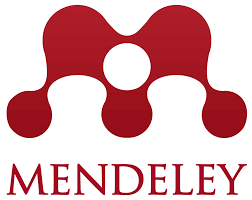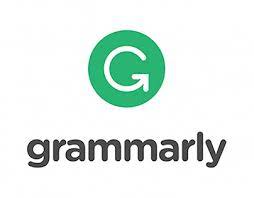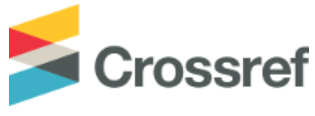Commentary on Paul Ernest’s Theory about Teachers’ Beliefs and Practice
Abstract
In this short communication, the author analyzed Paul Ernest’s theory on relationships between teachers’ beliefs, and their impact on teachers’ practice of mathematics. The author considered the teachers’ espoused and enacted models of mathematics assessment in addition to the teachers' views of the nature of mathematics, teaching, and learning models. The author also considered three purposes of mathematics assessment.
Keywords
Full Text:
PDFReferences
Beswick, K. (2007). Teachers’ beliefs that matter in secondary mathematics classrooms. Educational Studies in Mathematics, 65(1), 95–120.
Cross, D. I. (2009). Alignment, cohesion, and change: Examining mathematics teachers’ belief structures and their influence on instructional practices. Journal of Mathematics Teacher Education, 12(5), 325-346.
Ernest, P. (1989). The impact of beliefs on the teaching of mathematics. Mathematics teaching: The state of the art, 249-254.
Handel, B. (2003). Teachers’ Mathematical Beliefs: A Review. The Mathematics Educator, 13(2), 47–57.
Hiebert, J. & Lefevre, P. (1986). Conceptual and procedural knowledge in mathematics: An introductory analysis. Conceptual and procedural knowledge: The case of mathematics, 2, 1-27.
Liljedahl, P. (2009). Teachers’ insights into the relationship between beliefs and practice. In J. Maasz & W. Schlöglmann (Eds.), Beliefs and attitudes in mathematics education: New research results (pp. 44–54). Rotterdam, The Netherlands: Sense Publishers.
Maasz, J. & Schlöglmann, W. (Eds.). (2009). Beliefs and attitudes in mathematics education: New research results. Rotterdam, The Netherlands: Sense Publishers.
Philipp, R. A. (2007). Mathematics teachers’ beliefs and affect. In F. Lester (Ed.), Handbook of research on mathematics teaching and learning (pp. 257–315). Charlotte, NC: Information Age Publishing.
Raymond, A. M. (1997). Inconsistency between a beginning elementary school teacher’s mathematics beliefs and teaching practice. Journal for Research in Mathematics Education, 28(5), 550–576.
Skemp, R. R. (1976). Relational understanding and instrumental understanding. Mathematics Teaching, 77(1), 20-26.
Stipek, D. J., Givvin, K. B., Salmon, J. M., & MacGyvers, V. L. (2001). Teachers’ beliefs and practices related to mathematics instruction. Teaching and Teacher Education, 17(2), 213–226.
Suurtamm, C., Thompson, D. R., Kim, R. Y., Moreno, L. D., Sayac, N., Schukajlow, S., … Vos, P. (2016). Assessment in Mathematics Education. Springer.
Thompson, A. (1992). Teachers’ beliefs and conceptions: A synthesis of the research. In D. A. Grouws (Ed.), Handbook of research on mathematics teaching and learning (pp. 127–146). New York, NY: Macmillan.
Žalská, J. (2012). Mathematics teachers’ mathematical beliefs: A comprehensive review of international research. Scientia in Educatione, 3(1), 45–65.
DOI: https://doi.org/10.31002/ijome.v4i1.3634
Refbacks
- There are currently no refbacks.
Copyright (c) 2021 Indonesian Journal of Mathematics Education

This work is licensed under a Creative Commons Attribution-NonCommercial-ShareAlike 4.0 International License.

This work is licensed under a Creative Commons Attribution-NonCommercial-ShareAlike 4.0 International License.
Indexed by:
ISSN: 2654-3907 (print) | 2654-346X (online)
Jalan Kapten Suparman No.39, Magelang, Jawa Tengah, Indonesia 56116
Phone (0293) 364113 Fax. (0293) 362438
Website : http://jurnal.untidar.ac.id/index.php/ijome









